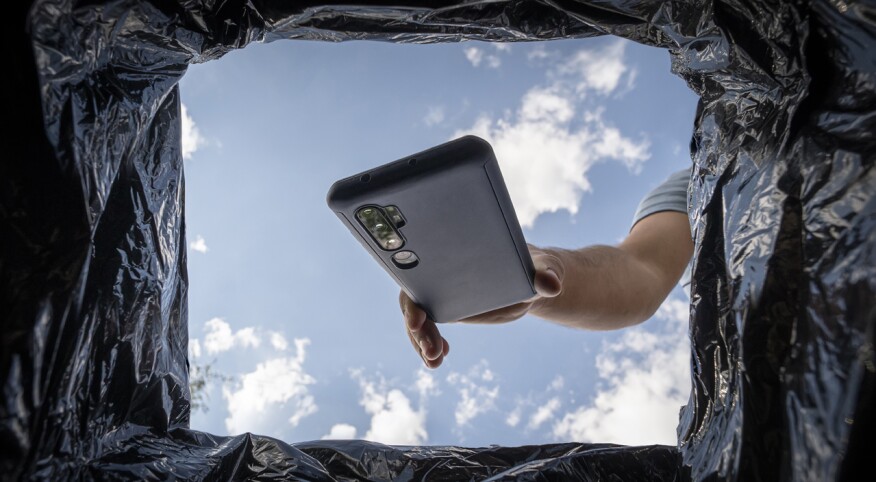A few years ago, I added up all the time I’d spent on my iPhone and realized that I’d missed a sizable portion of my son’s life.
Like the average American, I was on my device four hours (or more) a day. When I did the math, over the 12 years my son has existed, I’ve spent roughly 17,000 hours looking at a screen.
That’s when I decided to quit.
I wasn’t so sure I could do it. Such is the overwhelming power of smartphone addiction that even the thought of losing your relationship with your own child doesn’t quite make the case for permanently powering down. But somehow I found a fleck of resolve. I went to the mobile store, bought a flip phone and watched with trepidation as the phone lady picked the SIM card out of my device with a sharp, purple fingernail and dropped it into the bay of last century’s model.
“How are you gonna get places?” the phone lady asked me, sincerely curious.
It was a good question. How was I gonna get places? But once again I thought of my son and the fact that I had already lost so much. Surely losing myself on the road for an hour or two wouldn’t be so bad. I set out to see what I could do with my own 86 billion neurons.
Very quickly, I realized I had come into this world with a preinstalled app called Memory. Furthermore, this pretty sophisticated bit of biological software had a large archive of my home city’s street plan. It had stored where shops and restaurants were located and which streets were one-way. It knew that if you faced the rising sun, north was to the left and south was to the right.
Like a muscle, the ability to figure out the steps necessary to get from point A to B atrophy over time. An international research team confirmed this in 2017 when they found that the human ability to perform functional tasks declines as one’s memory degrades. The good news is that once you start exercising your memory again, the art of getting places starts to come back.
The next major anxiety was the lack of immediate access to text chains and emails. How would I reference things I’d written to others when I was “in the field”? There were two options. One, I could use the aforementioned Memory app, which turned out to retain a fairly large record of what was said and written. I started to re-remember odd but important details about my friends: that if I was cooking for Eden, I needed to leave out the raw garlic, and t if it was Wednesday, Katie was probably seeing her therapist in my neighborhood and would be available for coffee.
The second was that if I truly needed to refer back to a document or message exchange that I didn’t have stored in my flip, I could put my correspondence on Wait Mode. I soon learned that pretty much every question could be put on Wait Mode for the two, three, eight or even more hours it might take before I could get back to a computer.
You can still text from a flip. The thing is dumb but not idiotic. You can still communicate about appointments and meetups. That’s really the only thing texting should be used for: logistics. For me, losing a few links in the message chain was worth what I gained in attention.
The last and perhaps most unsolvable problem of going iPhone-less was my inability to just look something up. I could not win an argument by googling and proving that it was Paul Newman and not Burt Reynolds who had starred in Slap Shot. That’s when I started to understand that while the iPhone is in one sense the epitome of modernity, the distractions it brings are the same ones the Buddhists have grappled with for 3,000 years.
Looking something up is a stand-in for that age-old problem of not being in the moment. It makes unmindfully losing moments inevitable. And if you lose too many moments, before you know it your child will be grown and gone and you’ll have hardly noticed he’s left.

Getty Images
Follow Article Topics: Family-&-Fatherhood




